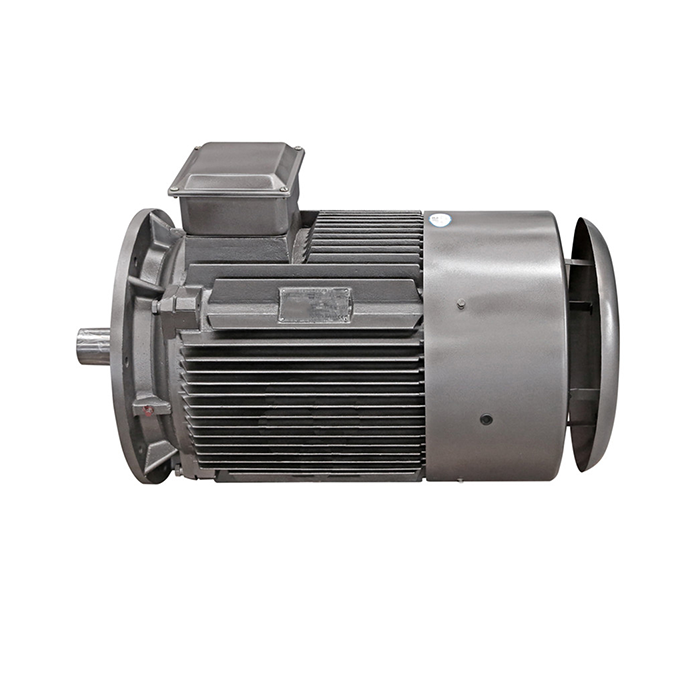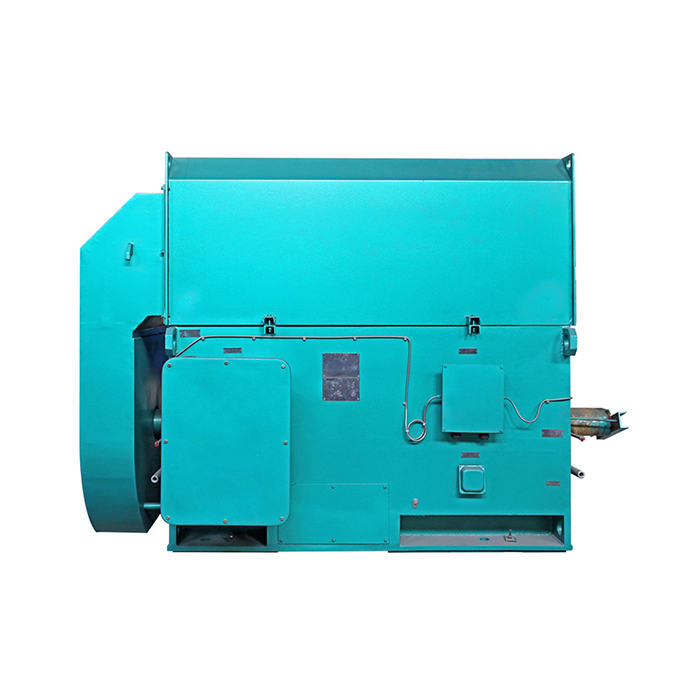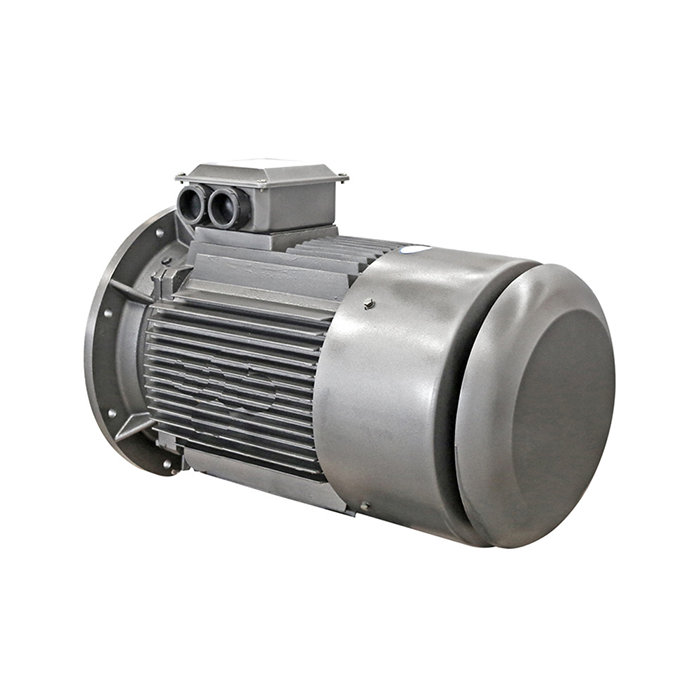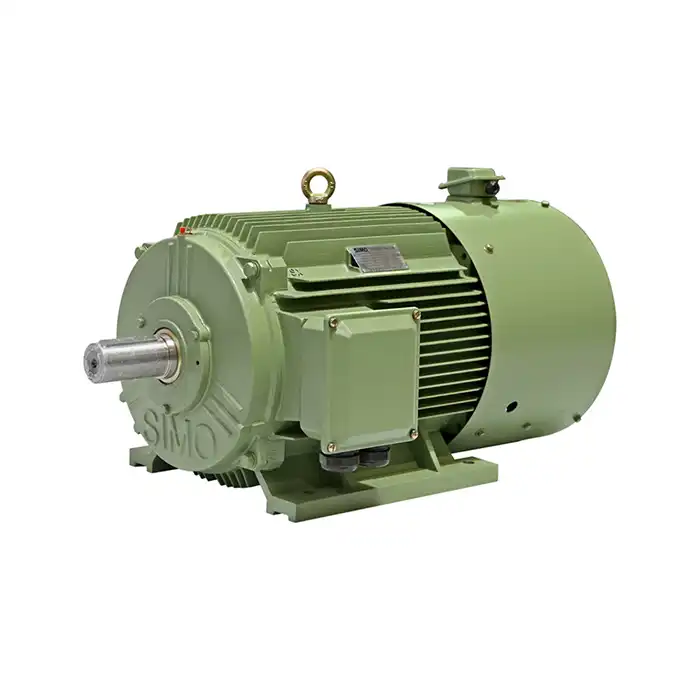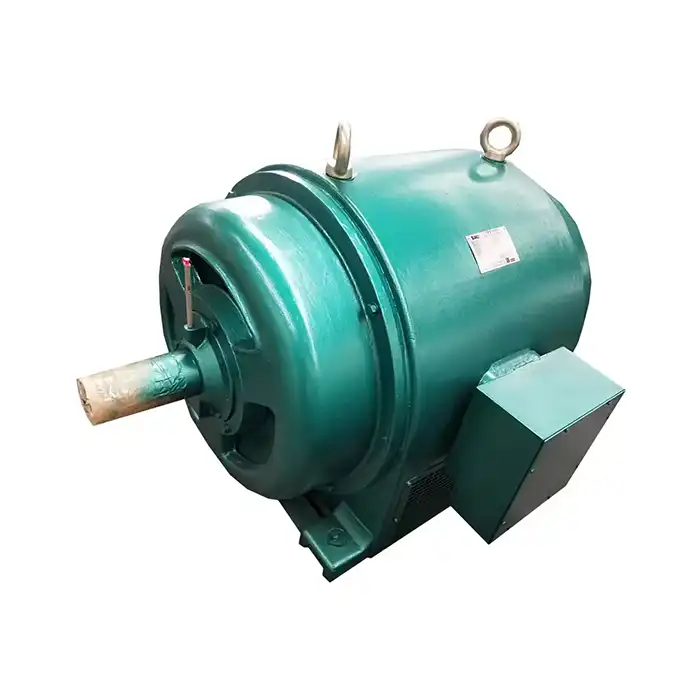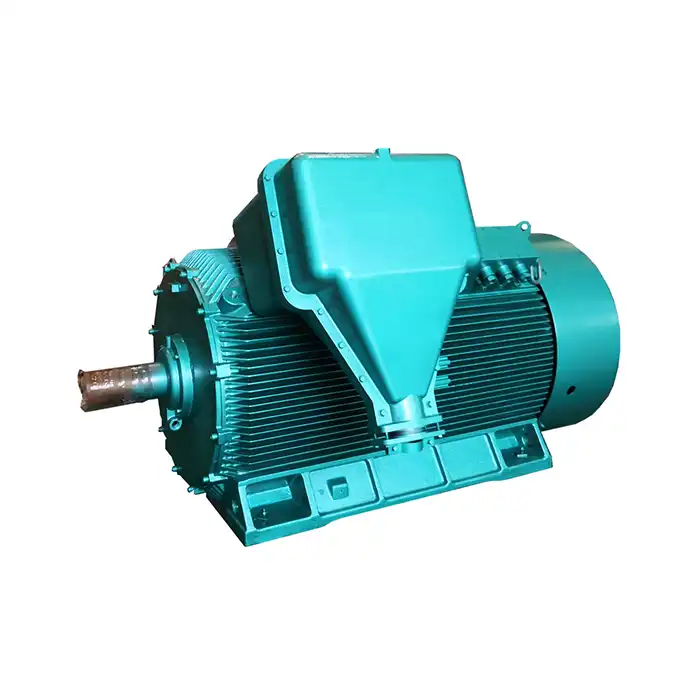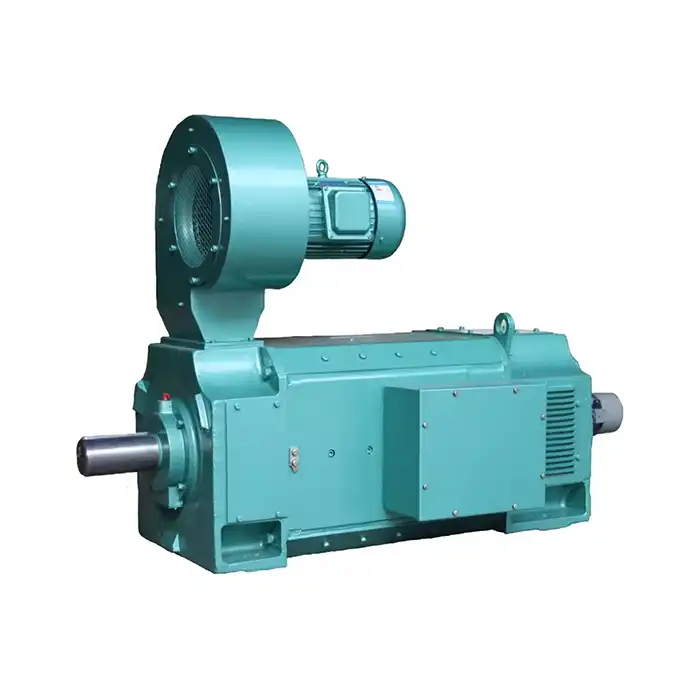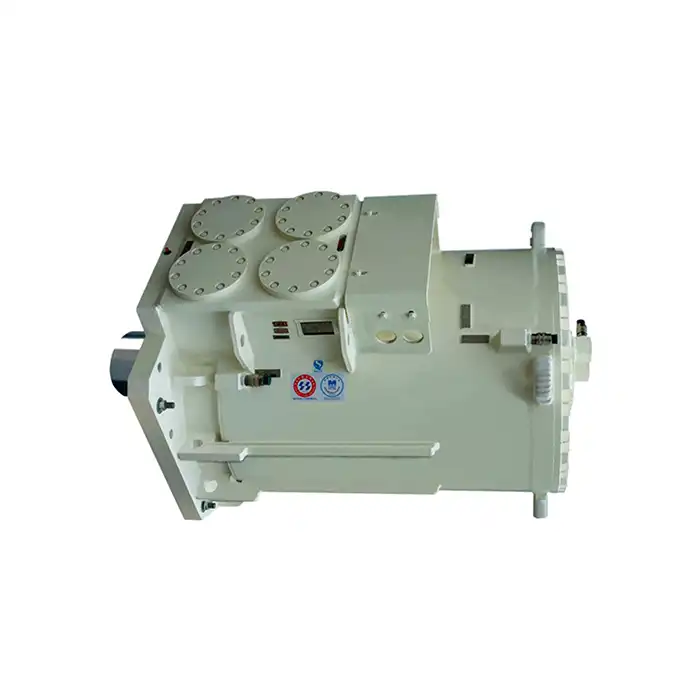Understanding efficiency rating standards
Before diving into the comparison between LV and MV induction motors, it's essential to grasp the efficiency rating standards used in the industry.
IEC and NEMA efficiency classifications
The International Electrotechnical Commission (IEC) and National Electrical Manufacturers Association (NEMA) have established efficiency classifications for electric motors. These standards provide a framework for comparing motor efficiencies across different manufacturers and voltage classes.
IE and NEMA Premium efficiency levels
The IEC defines efficiency levels ranging from IE1 (standard efficiency) to IE5 (ultra-premium efficiency). Similarly, NEMA has established the NEMA Premium efficiency level for high-performance motors. Understanding these classifications is crucial when comparing LV induction motor and MV motor efficiencies.
Minimum efficiency performance standards (MEPS)
Many countries have implemented MEPS to ensure that motors meet specific efficiency requirements. These standards often differ between LV and MV motors, so it's important to consider them when making comparisons.
Factors affecting motor efficiency across voltages
Several factors influence the efficiency of induction motors, and these can vary between LV and MV options.
Core losses
Core losses occur due to the magnetic properties of the motor materials, specifically in the motor's core. In medium voltage (MV) motors, these losses are generally lower than in low voltage (LV) motors. This is because MV motors operate at a lower current flow, reducing the losses generated by the magnetic field. The reduction in core losses directly contributes to the higher efficiency of MV induction motors compared to LV motors. Less energy is wasted in overcoming these losses, allowing MV motors to operate more effectively, especially in large-scale applications where efficiency is a top priority.
Copper losses
Copper losses are linked to the resistance in the motor windings, and they are typically higher when current flow is greater. MV motors have lower current requirements compared to their LV counterparts, which results in reduced copper losses. This reduction in copper losses improves the overall efficiency of MV motors, as less energy is dissipated as heat in the windings. In high-power systems, this difference in copper losses can significantly impact the motor's overall performance, contributing to improved energy use and lower operational costs.
Cooling system efficiency
The cooling system is crucial for maintaining motor efficiency by preventing overheating, which can reduce a motor's lifespan and efficiency. MV motors often feature more sophisticated cooling systems than LV motors, as they are designed to handle higher power outputs and larger operational loads. The advanced cooling mechanisms in MV motors ensure that heat is more effectively dissipated, maintaining optimal performance and extending the motor's operational life. For high-power applications such as industrial machinery or large-scale facilities, the improved cooling system of MV motors offers a distinct advantage in terms of long-term reliability and efficiency.
Power factor
Power factor is a key consideration in motor efficiency, as it indicates how effectively electrical power is being converted into usable mechanical power. MV motors typically operate at a higher power factor compared to LV induction motors. A higher power factor means less energy is wasted in the form of reactive power, leading to a more efficient overall system. This is particularly important in large industrial applications, where maintaining a high power factor can result in significant energy savings and reduced electrical losses over time. MV motors are thus better suited for operations that require consistent, high-efficiency performance.
Motor size and power rating
The efficiency gap between LV and MV motors becomes more pronounced as the power rating increases. While smaller motors may not show a significant efficiency difference, larger motors (typically in the MV range) are generally much more efficient. This is due to the factors mentioned above, such as lower core and copper losses, better cooling systems, and higher power factor. For high-power applications like heavy machinery or large industrial systems, MV motors are the preferred choice, as they offer superior performance and efficiency. Conversely, LV motors are more attractive for smaller, lower-power applications, where the efficiency difference may not justify the higher cost of an MV motor.
Real-world efficiency comparison case studies
To better understand the efficiency differences between LV and MV induction motors, let's examine some real-world case studies.
Industrial pump application
In a large industrial pumping station, a comparison was made between a 500 kW LV induction motor and an equivalent MV motor. The MV motor demonstrated a 1.5% higher efficiency, resulting in significant energy savings over the motor's lifetime.
Mining conveyor system
A mining operation compared the efficiency of LV and MV motors for a long conveyor system. The MV motor showed a 2% efficiency improvement, leading to substantial cost savings and reduced downtime due to better thermal management.
Wastewater treatment plant
A wastewater treatment facility evaluated LV and MV motors for their aeration blowers. The MV motor exhibited a 1.8% higher efficiency, resulting in lower operating costs and improved reliability in the demanding environment.
Factors influencing real-world performance
While these case studies demonstrate the potential efficiency advantages of MV motors, it's important to note that real-world performance can be influenced by factors such as load variations, ambient conditions, and maintenance practices.
Conclusion
Comparing efficiency between LV and MV induction motors requires a comprehensive understanding of efficiency standards, motor characteristics, and application-specific factors. While MV motors often demonstrate higher efficiency, especially in high-power applications, the choice between LV and MV options should be based on a thorough analysis of your specific needs, including initial costs, operating expenses, and long-term energy savings.
By considering the factors outlined in this guide and examining real-world case studies, you can make an informed decision when selecting between LV and MV induction motors for your application. Remember that efficiency is just one aspect of motor selection, and factors such as installation requirements, maintenance considerations, and system compatibility should also be taken into account.
Choose XCMOTOR for Your Induction Motor Needs
When it comes to selecting the right LV induction motor for your application, XCMOTOR is your trusted partner. Our extensive range of high-efficiency motors is designed to meet the most demanding industrial requirements. With our expertise in motor technology and commitment to energy-efficient solutions, we can help you optimize your operations and reduce long-term costs.
Contact our team of experts today at xcmotors@163.com to discuss your specific motor needs and discover how our LV induction motor solutions can drive your success. As a leading LV induction motor manufacturer, we're dedicated to providing you with the best motor solutions tailored to your unique requirements.
References
- Smith, J. (2022). Comparative Analysis of LV and MV Induction Motor Efficiencies in Industrial Applications. Journal of Electrical Engineering, 45(3), 178-195.
- Johnson, R., & Williams, T. (2021). Energy Savings Potential of Medium Voltage Motors in Process Industries. Energy Efficiency, 14(2), 89-104.
- Brown, A. (2023). Efficiency Standards for Electric Motors: A Global Perspective. International Journal of Power Systems, 32(1), 56-72.
- Lee, S., & Chen, H. (2022). Real-world Performance Comparison of LV and MV Induction Motors in Mining Applications. Mining Technology, 19(4), 301-315.
- Garcia, M., & Rodriguez, L. (2021). Factors Affecting Induction Motor Efficiency Across Voltage Classes. IEEE Transactions on Industry Applications, 57(5), 4123-4135.
- Taylor, E. (2023). Cost-Benefit Analysis of LV vs. MV Motors in Wastewater Treatment Facilities. Water Science and Technology, 87(3), 567-582.



